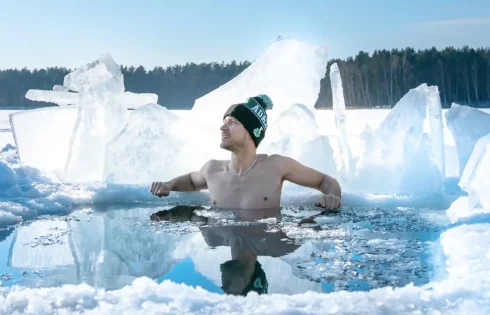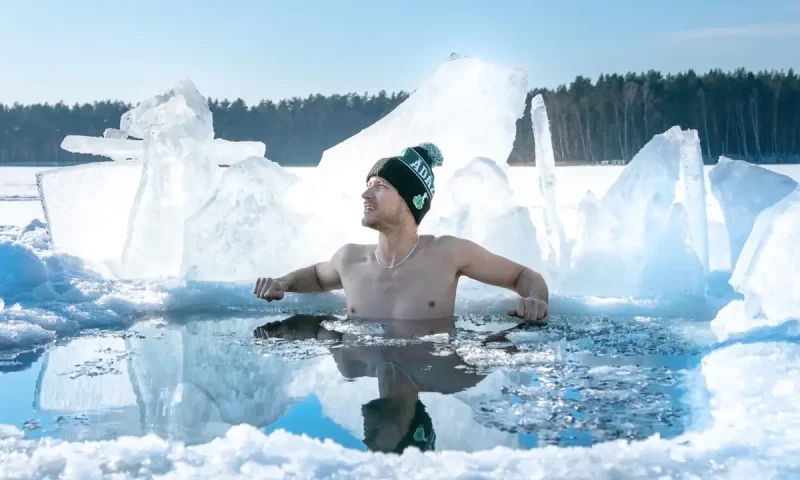
In recent years, cold plunges have become a fixture on wellness feeds and gym schedules. People swear by them – claiming everything from mental clarity to faster recovery. But what does science say when you strip away the hype?
A team of researchers at the University of Ottawa has taken a closer look. Their work didn’t just explore how our bodies handle cold on the outside. It examined what happens on a much deeper level: inside your cells.
The results of the study could shape how we think about cold exposure and its place in everyday health.
Cold plunges change cells in one week
The Human and Environmental Physiology Research Unit conducted a tightly controlled experiment with ten healthy young men.
Over seven days, each participant immersed himself in 14°C (57.2°F) water for one hour per day. Blood samples were drawn before and after the cold-water sessions on days 1, 4, and 7.
The aim wasn’t to measure surface-level outcomes like muscle soreness. Instead, the team analyzed peripheral blood mononuclear cells to examine cellular stress, recovery, and resilience.
They focused on autophagy (the body’s way of cleaning out damaged components) and apoptosis (programmed cell death).
“Our findings indicate that repeated cold exposure significantly improves autophagic function, a critical cellular protective mechanism,” said Professor Kenny.
“This enhancement allows cells to better manage stress and could have important implications for health and longevity.”
Early cold plunges caused stress
On the first day, the researchers found clear signs of stress. Cells showed an increase in proteins like p62, which typically accumulate when autophagy is disrupted.
LC3-II, a marker of autophagic activity, did not increase. Apoptotic signaling also rose, with a marked spike in cleaved caspase-3, a protein that signals a cell is on its way to self-destruction.
This meant that initially, the cold exposure was overwhelming the cells. The natural repair systems weren’t strong enough to counteract the damage. But that would begin to change by day four.
Signals of cellular recovery
By the fourth day of immersion, early signs of adaptation emerged. LC3-II levels began to climb slightly, and p62 dropped – although still above baseline.
However, caspase-3 remained high, indicating the cells were still battling stress. The balance had not yet tipped in favor of full recovery.
“By the end of the acclimation, we noted a marked improvement in the participants’ cellular cold tolerance. This suggests that cold acclimation may help the body effectively cope with extreme environmental conditions,” explained King, the study’s first author.
Day seven marked a significant change. LC3-II rose substantially, showing robust autophagic activity. p62 dropped below baseline.
Caspase-3 levels returned to near normal. The cells had started to regulate themselves more efficiently, showing they had adapted.

